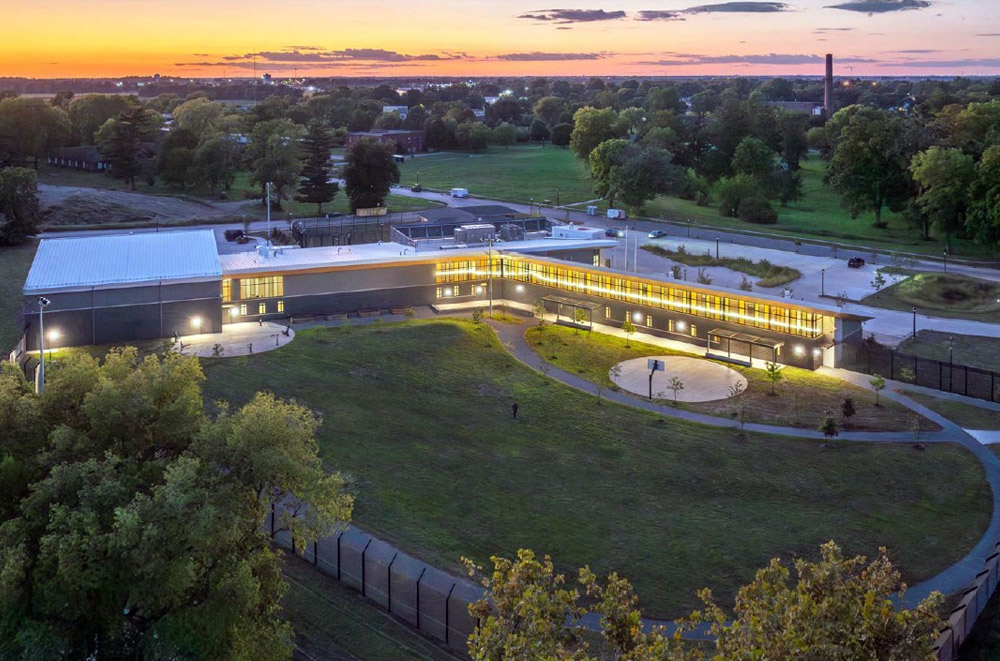Monarch Youth Center: Continuing a Restorative Tradition
10/2/2025

The new Monarch Youth Center in Lincoln, Illinois, reflects a profound shift in how we think about justice for young people. Instead of replicating the harsh, retributive systems of the past - where wrongdoing was met with isolation, punishment, and stigma - Monarch embodies the wisdom of restorative traditions long practiced by Native American communities as well as early American groups and agrarian societies.
Restorative Roots in Native Traditions :
For centuries, Indigenous communities across North America turned to peacemaking circles and community councils to address harm. Wrongdoing was not seen as a legal infraction to be punished but as an imbalance in relationships that needed to be healed. Justice meant bringing victims, offenders, families, and elders together in dialogue - listening, restoring harmony, and reintegrating rather than banishing. The Monarch Youth Center echoes this philosophy by creating spaces for relationship-building, accountability, and healing. Its design - filled with natural light, open gathering areas, and access to green space - supports the belief that place matters in restoring balance.
Echoes of Early American Communities :
The Monarch model also resonates with the practices of early American groups who favored reconciliation over retribution. Quakers emphasized the “Inner Light” in every individual and promoted restitution and reflection rather than corporal punishment. Amish and Mennonite communities handled disputes within the congregation, stressing forgiveness, humility, and reintegration. Shaker villages likewise sought harmony through confession and group accountability. Within early American Black communities before and after the civil war, informal systems of justice and reconciliation developed that emphasized repairing harm within the community, often guided by elders who stressed restoration over punishment. These traditions viewed discipline not as vengeance, but as a path to renewed membership in the community. Monarch carries this same ethic forward: young people are not defined by their mistakes, but given the tools, supports, and relationships to re-enter society with dignity.
Breaking from Retributive Justice :
Traditional retributive justice has long relied on punishment, deterrence, and separation - removing young people from their families and communities, confining them in punitive settings, and branding them with lasting records. Such systems too often deepen trauma, sever bonds, and perpetuate cycles of harm. By contrast, the Monarch Youth Center’s “restorative” design and philosophy create opportunities for education, behavioral health treatment, skill development, and family engagement. The emphasis is not on what youth must endure, but on how they can transform.
A Living Bridge :
In this way, the Monarch Youth Center stands as a bridge between the past and the future: carrying forward the restorative insights of Native American and early American communities into a 21st-century model of juvenile justice. Just as Indigenous peacemakers and Quaker elders once gathered people together to restore balance, Monarch invites youth, families, and communities into a process of renewal. Its very name - Monarch - reflects the promise of transformation: from confinement to freedom, from stigma to hope, from harm to healing. The Monarch Youth Center was designed by Cordogan Clark in collaboration with the Illinois Department of Juvenile Justice, the Illinois Capital Development Board, and local stakeholders.